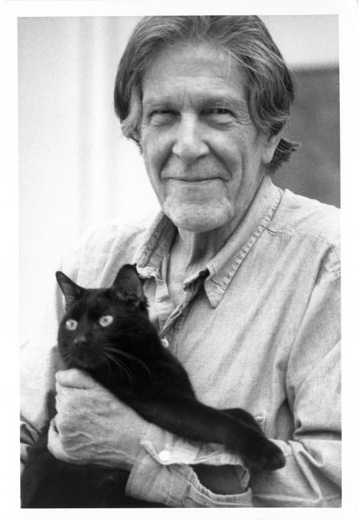
Tuesday, November 11, 2008
John Cage Video on Ubu Web

Friday, November 7, 2008
Global String


Thursday, November 6, 2008
Essay Bones
After an incredibly helpful class on rhetoric, I've tried to map out my essay topic somewhat.
McLuhan Essay keywords: Sound Art, Multi-sensory perception, Phenomenology, Global experience.
Context: My essay takes place within the context of discussions relating to a switch from a visual culture to a more immersive technological/sensual culture. A re-mapping of sensorial relationships (Marshal McLuhan, Walter Ong etc.)
Claim: Because we are entering this new techno-sensual culture we need to attend to sense experience again, and learn to describe the phenomenological process in relation to our technological encounters. As Prof. Isabelle Choinière suggested in her lecture on dance, we need to examine new technological experiences in themselves, rather than as comparisons to “the real”.
Essential Question: Through a subjective phenomenological investigation, can we come to a shared (global) perceptual experience of technology, or are these experiences essentially fragmented and dissociative?
Evidence:
-Examples: Sound art as an expression of expanding sense experience resulting from technological shift.
-Testimony: Artists motivations, audience response to sound art works.
Tuesday, November 4, 2008
Gallery as Technology

Monday, November 3, 2008
Audio Technology and Literally Being-in-the-world

Initial Thoughts
- "I do not merely hear with my ears, I hear with my whole body."
- "My ears are at best the focal organs of hearing. This may be detected quite dramatically in listening to loud rock music. The bass notes reverberate in my stomach, and even my feet "hear" the sound of the auditory orgy."
- "Listening begins by being bodily global in its effects."
